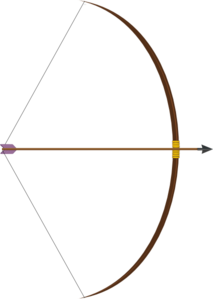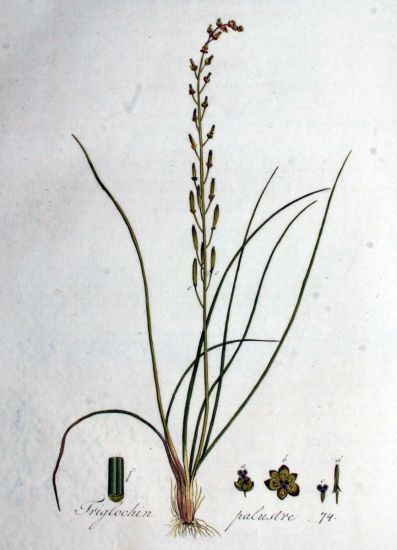
Though one of these:

may be harder.
If you can't find that sort of an arrow, then there's always arrowgrass (Triglochin maritima/palustris):

or if you're in the West Indies (or a kitchen) there's the plant Maranta arundinacea, or arrowroot. The starchy stuff you get from it is good for making biscuits, thickening fruit sauces, and drawing out the poison from arrow wounds.
Of course if you want a really poisonous arrow, then you need something like this to rub on the tip:

That's the yellow-banded poison arrow frog. The photo is by Arpingstone.
Even smaller than that beautiful frog is the arrowworm:

Don't underestimate the arrowworm just because it's small, though. They have hooked spines round their mouths for getting hold of their prey.
The arrow of time is used for thinking about why some actions look just the same when watched backwards (like throwing a ball into the air and then catching it) and some things don't (eating a doughnut).
Even the cleverest people can't actually see it, though.
Spot the frippet: arrow. This word comes from the Old English arwe, and before that from the Latin arcus, which means bow.
The arrow in arrowroot may come from its use in sucking out arrow poison, or perhaps from the Arawak aru-aru, which means meal of meals.
No comments:
Post a Comment
All comments are very welcome, but please make them suitable for The Word Den's family audience.